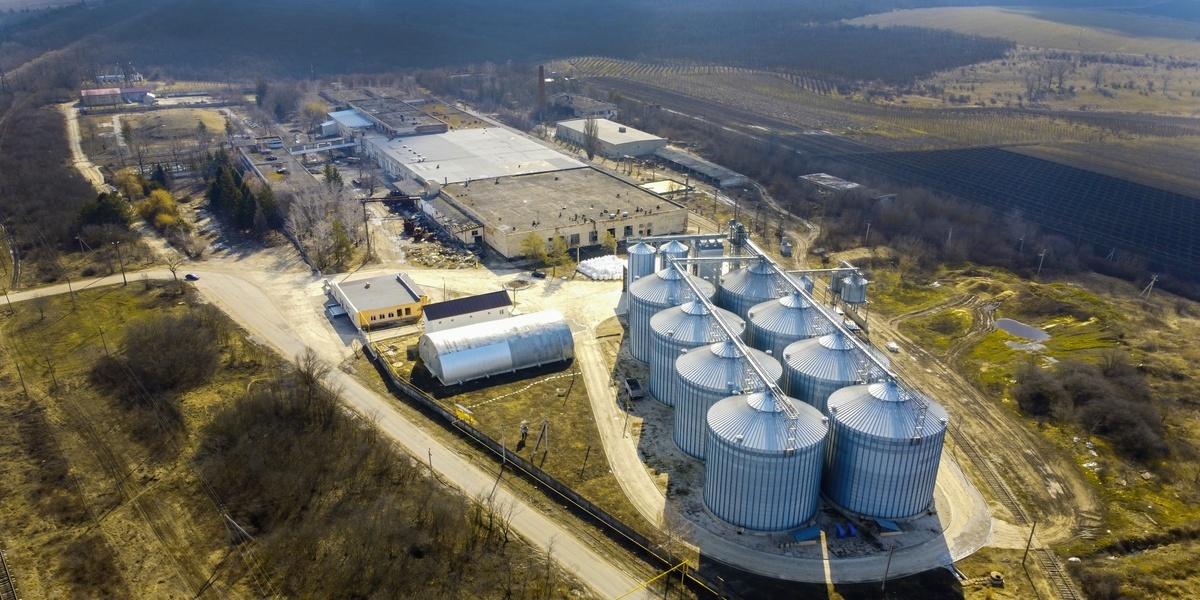
ETS for Shipping – Emissions Liability in the ETS
Under the EU Emissions Trading System (ETS), shipping companies are obligated to account for implicit gree…
CFP Energy works with some of the largest shipping operators in the world, providing a range of products and solutions to reduce shipping emissions and ensure compliance with carbon regulations.
.png?width=2000&height=1125&name=CE%20Events%20(1).png)
Industry Lead
"We know that the shipping industry is highly volatile and navigating global regulations are getting tougher by the week.
Geopolitical pressures and ongoing trade disputes are only making things more difficult for ship owners, brokers, port operators and commodities traders.
The impact of the EU & UK ETS will squeeze the industry further and that's not to mention CBAM.
That's why CFP Energy have a dedicated team supporting shipping operators.
We help you access biofuels, comply with carbon regulations, guide you through the latest legislation and support your long-term commercial growth."
"Get in touch with me and my team, here"
70% of emissions included
for compliance
Monitoring, reporting
and verification for offshore vessels >5,000 GT and ships 400-5,000 GT
100% of emissions
for compliance
Compliance for
non-C02 emissions
Inclusion of offshore
ships 5,000 GT
3-4%
The maritime sector represents 3-4% of total European Emissions
by 2026
You will be required to surrender 100% of verified emissions allowances
€0k
ETS costs can reach €900,000 per voyage and are guaranteed to rise in years to come.
The requirement to reduce shipping emissions is now your priority. Regulations are set to tighten and ignoring the issue will only increase your future costs.

Under the EU Emissions Trading System (ETS), shipping companies are obligated to account for implicit gree…
.jpg)

With many companies exploring biofuel advantages as a clean alternative to fossil fuels, the biofuels…
CFP Energy can supply a range of sustainable fuels, renewable energy solutions, and financial services to help you reduce shipping emissions.
Ports and shipping terminals can use green certificates to demonstrate renewable electricity usage in shore power, loading equipment, and buildings, helping reduce Scope 2 emissions and enhance sustainability credentials with logistics partners and regulators.
Biofuels are increasingly used in marine engines to replace traditional bunker fuel. They offer significant reductions in CO₂ emissions and particulate matter, aiding compliance with tightening international maritime emissions regulations such as IMO 2020 and beyond.
Ship owners can offset emissions from fuel combustion using verified carbon credits while transitioning to cleaner fuels or propulsion technologies. This provides a flexible way to take climate action in a hard-to-abate sector.
Shipping is being phased into the EU ETS and may follow in the UK. Understanding allocation, monitoring, and reporting procedures is essential for carriers and operators aiming to avoid compliance risk and regulatory penalties.
While PPAs may not directly fuel vessels, port infrastructure and logistics partners can use them to decarbonise their electricity footprint. Integrating clean energy into the broader maritime supply chain helps demonstrate climate leadership.
Shipping firms use structured finance to hedge carbon and fuel exposure. Liquidity solutions also enable investment in alternative fuels, retrofitting programmes, and carbon procurement to meet tightening global maritime regulations.
This report draws on data from a comprehensive survey conducted by CFP Energy across large-scale organisations in the UK, Germany, and France.
With insights from industries including aviation, data centres, shipping, construction, and manufacturing, the report highlights emerging strategies, investments, and the regulatory pressures driving the need for carbon reduction.
Sustainable shipping refers to the use of cleaner fuels, energy-efficient technologies, and optimised operations to reduce greenhouse gas emissions and environmental impact. It supports IMO decarbonisation targets and enables maritime operators to meet sustainability goals without compromising global shipping efficiency.
The EU Emissions Trading System (EU ETS) now applies to shipping, requiring vessels over 5,000 GT to monitor, report, and pay for their CO₂ emissions. This carbon pricing mechanism promotes maritime decarbonisation and incentivises investment in low-emission technologies and clean energy.
Green shipping involves adopting low-carbon fuels such as LNG or green methanol, deploying energy-saving systems, and reducing harmful emissions. It enables shipping companies to meet environmental regulations, lower their carbon footprint, and lead the transition to zero-emission maritime transport.
Shipping impacts the environment through CO₂ emissions, air pollution (NOₓ, SOₓ, particulates), marine noise, and water contamination. Sustainable practices reduce these effects, support marine biodiversity, and ensure compliance with international environmental standards such as those set by the IMO.
Shipping plays a crucial role in global trade, but it also carries significant environmental impacts. The sector emits around 3% of global CO₂, alongside NOx, SOx and particulate matter that contribute to air pollution and climate change.
Heavy fuel oil use drives high carbon intensity, while methane slip from LNG-powered vessels adds further warming potential.
Shipping also affects marine ecosystems through oil spills, underwater noise, ballast-water discharge and risks to biodiversity. As global demand grows, these impacts are increasing—making decarbonisation solutions such as alternative fuels, energy-efficiency upgrades and carbon-market mechanisms essential for reducing shipping’s environmental footprint.